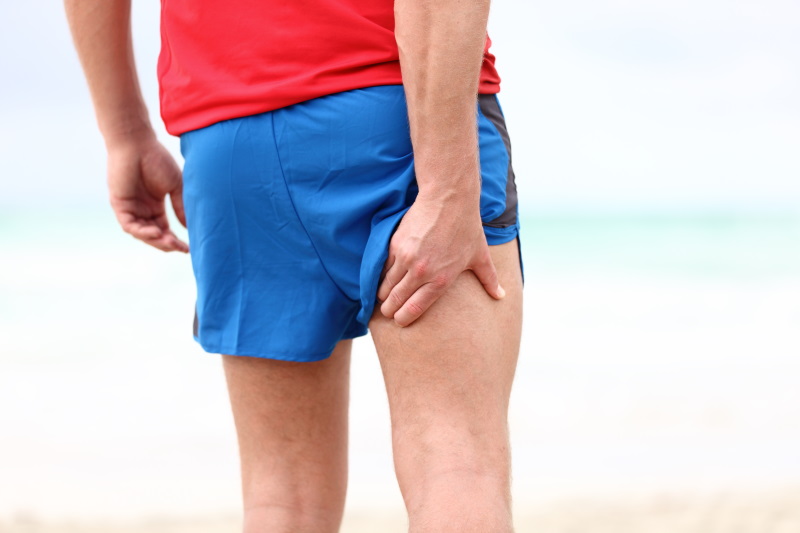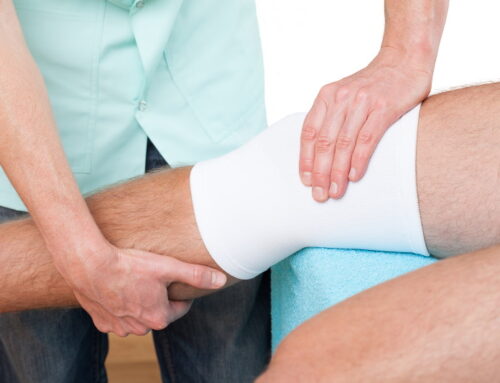Hamstring strains and predictors of delayed recovery

Do you have a nasty re-occurring hamstring strain that just won’t go away or is taking forever to heal? Frustration with hamstring strains is not only explained by the high prevalence of these injuries in sport but also by the prolonged duration of symptoms, poor healing responses and high risk of re-injury. There are a number of reasons for why recovery from hamstring strains can be problematic and it is important that we have an awareness of these factors in order to help facilitate recovery and prevent re-occurrence.
Factors affecting Hamstring Recovery
One of the main predictors of prolonged time to recovery for hamstring strains is the location in which the tear or strain takes place. Hamstring origin strains where the tear occurs close to the bone (ischial tuberosity) have been shown to have a longer recovery time compared to mid-belly strains and are becoming increasingly more common in sporting activities such as gymnastics, sprinting and sports requiring forceful kicking motions. The Biceps Femoris which is the muscle that makes up the outer most part of the hamstring is where the highest prevalence of tears occur. Recent studies investigating athletes who sustained hamstring origin strains found over half had an average time back to play of nearly 8 months!
Another predictor of delayed recovery time following a hamstring strain is the grade of tear or the percentage of muscle involved, studies using MRI have found that hamstring tears involving 50% of the cross sectional area of the muscle resulted in a recovery period longer than 6 weeks, whereas normal imaging findings following a hamstring strain resulted in a recovery period of approximately 1 week.
History of injury and hamstring reoccurrence
A previous history of poorly rehabilitated hamstring injuries is also a strong predictor of prolonged recovery time and higher risk of recurrence. Unfortunately the more times you injure a muscle the more likely there is to be a build-up of weak scar tissue and adhesions at the injured site, appropriate physiotherapy treatment and rehabilitative exercises can significantly reduce the build-up of such tissue and help strengthen the new fibers that are laid down at the site of injury. However very often hamstring rehabilitation is inadequate leaving behind weak tissue which is more susceptible to injury in the future.
Video of Hamstring Injury Prevention Exercises
At Portobello Physiotherapy Clinic our physiotherapists have an in depth understanding of the rehabilitative and preventative measures needed for comprehensive hamstring recovery. We will accurately assess the degree of injury and apply the latest evidence based practice in hamstring injury rehabilitation. In combination with hands on manual therapy our physiotherapists will work through a progression rehabilitation program consisting of strengthening, stretching, agility and trunk stabilisation exercises to ensure that your hamstring injury is fully rehabilitated and the risk of reoccurrence is significantly reduced.







